How long does it take four installers to put in 100 kW of ground-mounted solar? Darryl Bower, Director of Western Australian company CDI Energy has devised a new, cyclone-rated mounting system that is portable and allows an installation that would normally take four workers 10 days to be completed in 10 hours.
Moreover, the system, which consists of four prefabricated parts (see video below), is itself inexpensive, resulting in an overall reduction in cost of installation from the industry standard of around $1.20 per watt, to 80 cents per watt.
Bower is an electrical contractor and CDI Energy, which specialises in installation of remote renewable-energy projects, is a division of his principal business CDI Electrics.
When CDI Electrics was working on a the set up of a new site camp for gold miner Newcrest, Bower raised the idea of installing solar to offset some of the costs of diesel generation for the mine, but Newcrest countered with the argument posed by many miners that it didn’t want to invest in a solar system that could well outlive the mine and potentially become a stranded asset.
“They said, if we could rent them a solar system, they’d consider it,” says Bower. “So I sat down and thought about it, and tried to work out how we could install a solar system that we could take away after a few years.”
Rapid Solar Module (RSM) was the result of Bower’s thought process: its concrete-beam bases are fastened into the ground to allow solar panels to be fixed in an A-frame configuration, angled to suit the project’s solar resource.
Bower says says that the first iteration of RSM, which has been specified by a Western Australian engineering firm to withstand cyclonic winds, can be used with any mono-facial solar module currently on the market, and the second iteration is being designed to allow the effective mounting of bifacial panels.
The solution doesn’t quite enable CDI Energy to lease solar systems to mining companies, because it doesn’t yet have the capital to construct a $1 million to $1.5 million system in anticipation reaping the rewards when the project has paid for itself, in five to seven years’ time, but Bower already has a couple of demonstration projects in the works where the developer has chosen RSM simply for its reduced cost of installation.
“Traditionally,” says Bower, “solar installation has been a very lengthy process.” It was worth developing the system for remote projects, he says, “because working remotely costs a lot — labour is very expensive”.
The relative mobility of the system could enable operators with numerous sites to deploy and redeploy their solar assets as needed; or it could allow a patient investor to rent systems to various shorter-term operations, helping them to decarbonise as they set up and power down.
This content is protected by copyright and may not be reused. If you want to cooperate with us and would like to reuse some of our content, please contact: editors@pv-magazine.com.
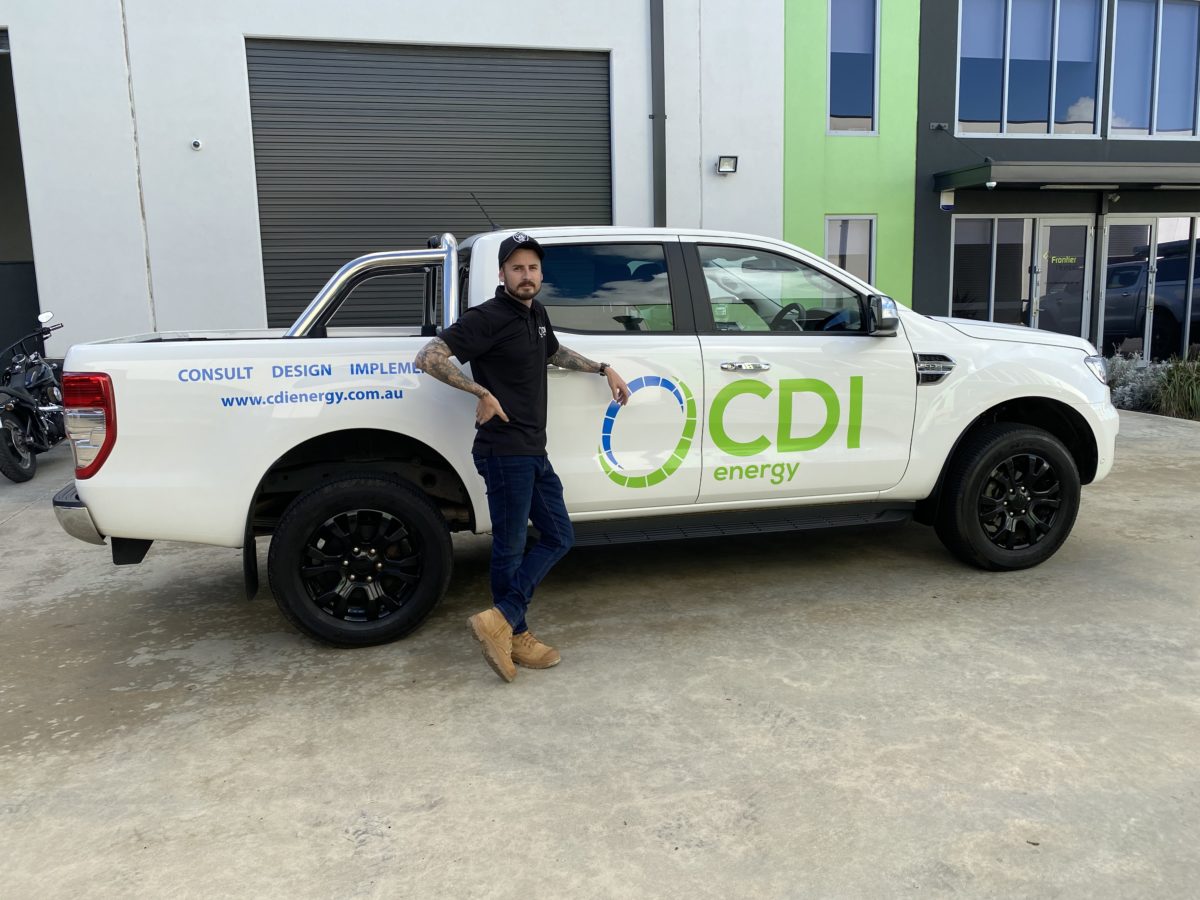
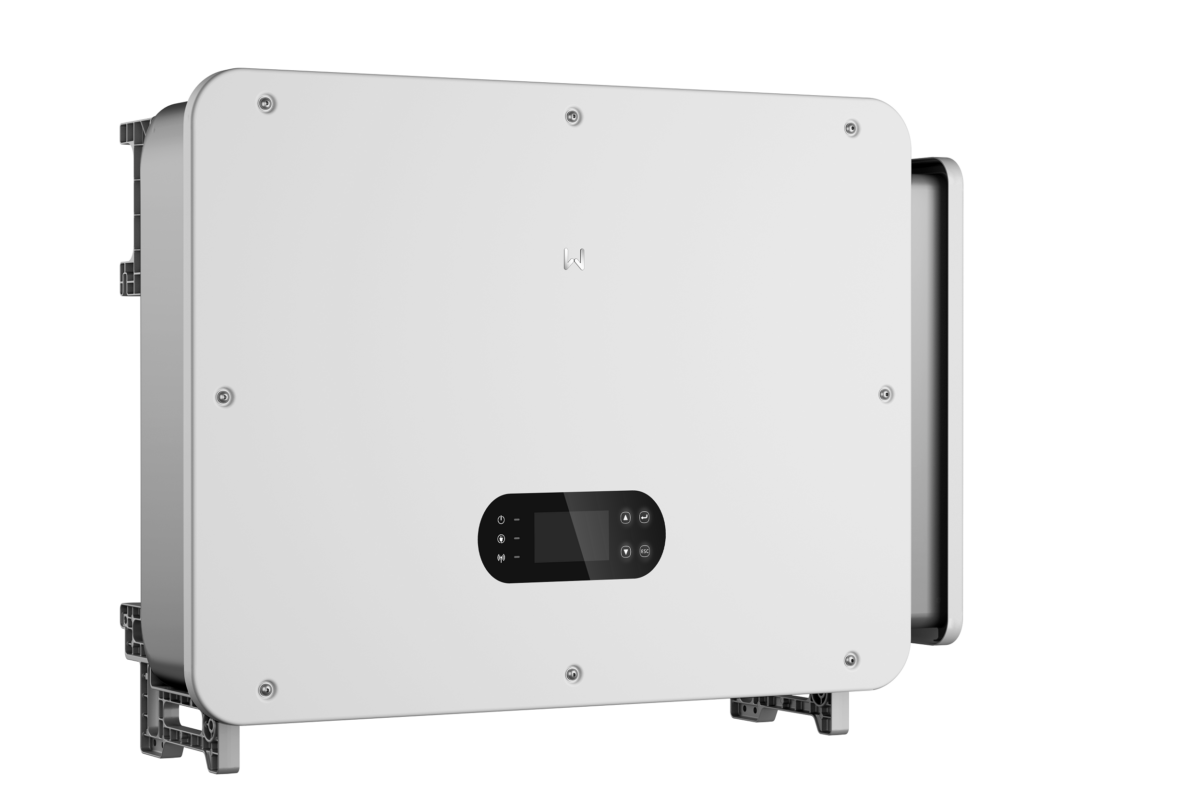


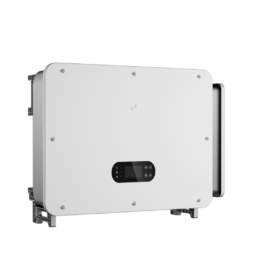
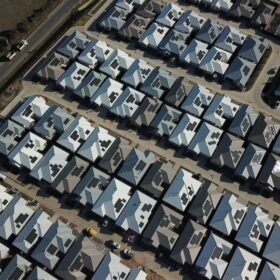
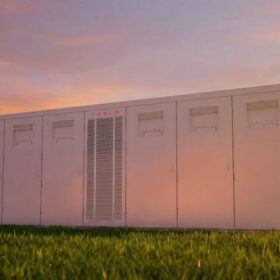
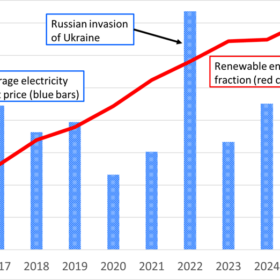
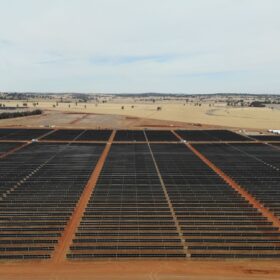
How do you get underneath the panels to fasten the underside of top brackets?